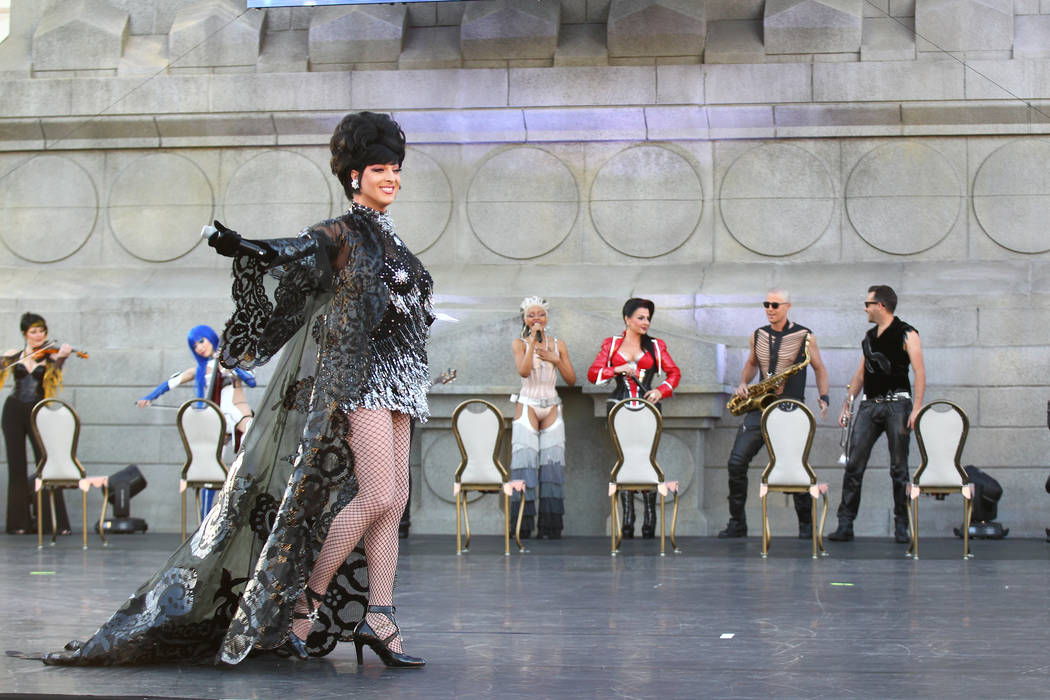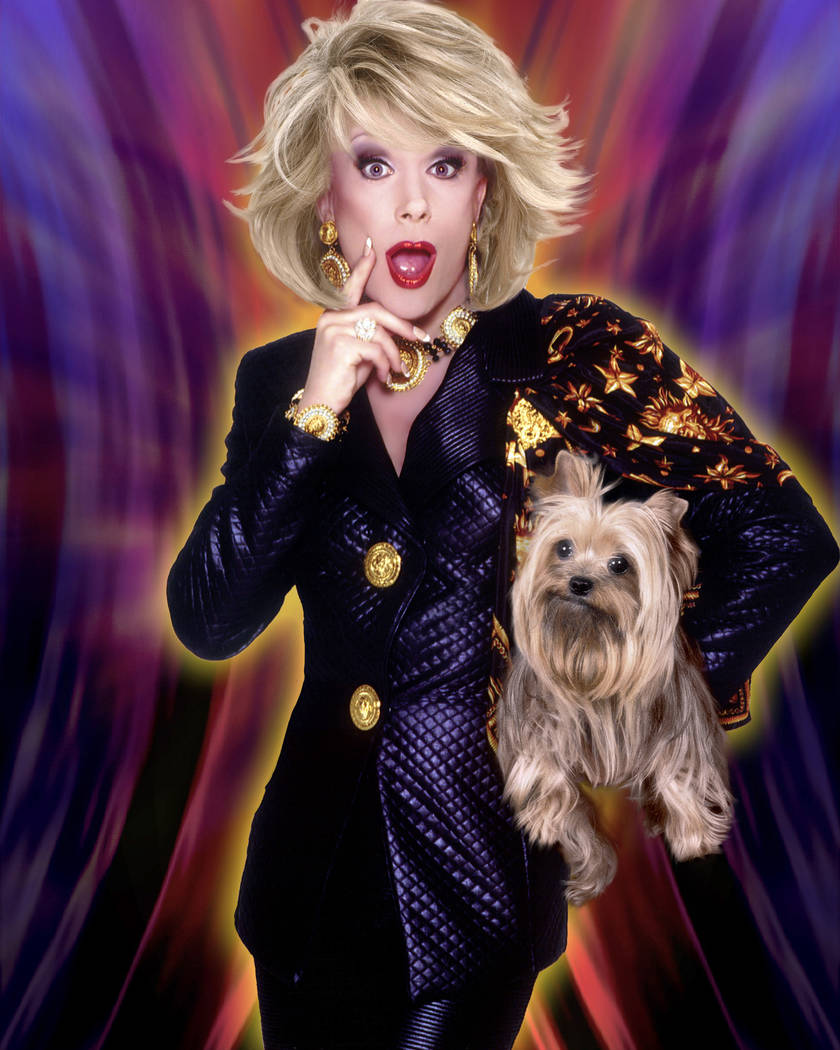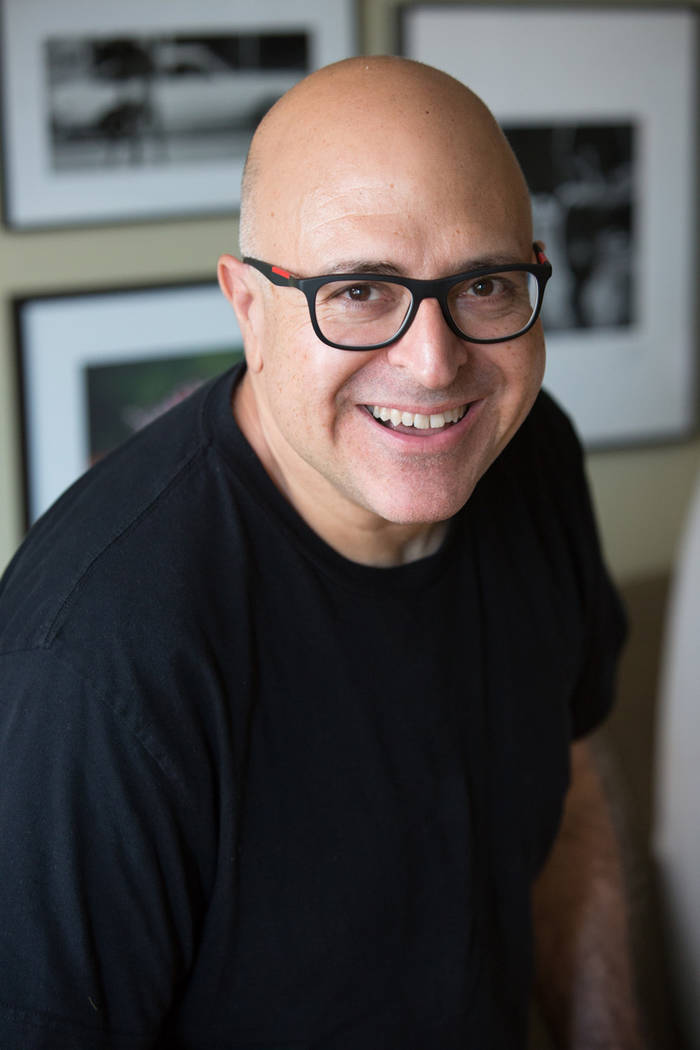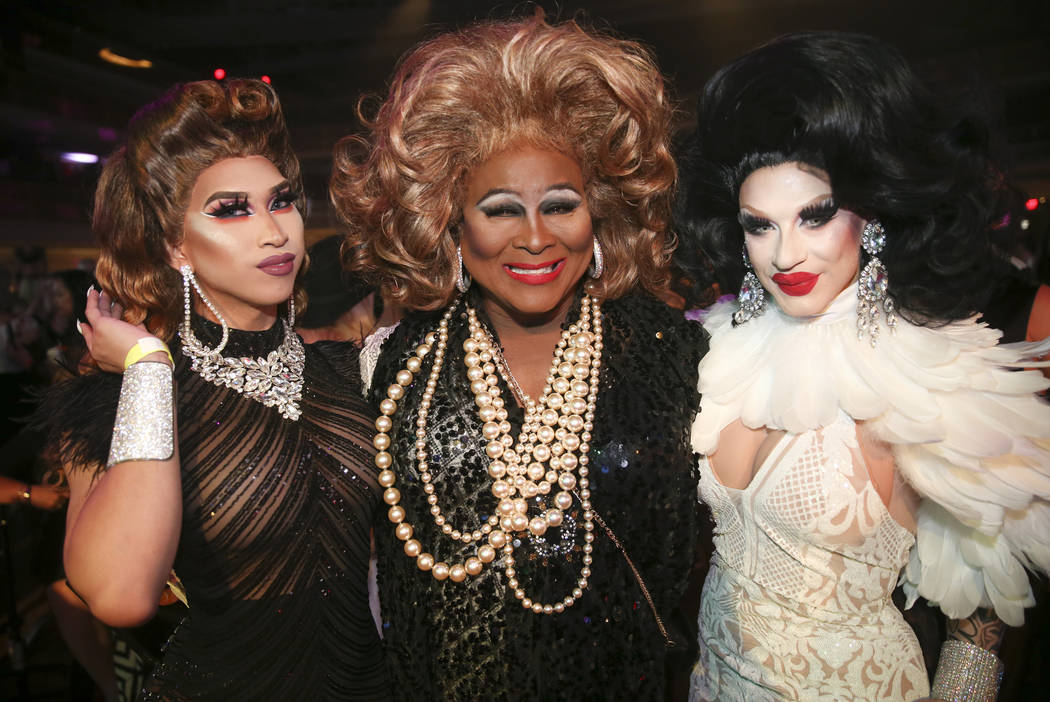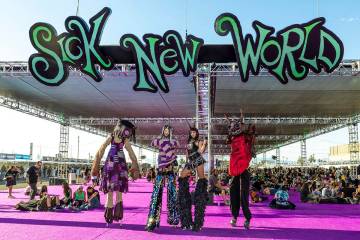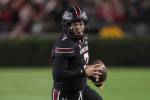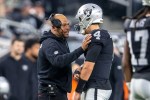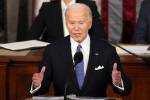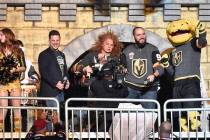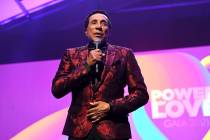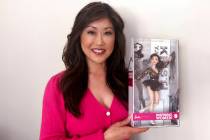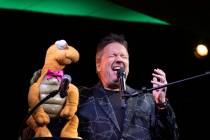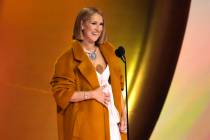Pioneering drag artists are focus of new book
From vaudeville performers’ slapstick to Milton Berle’s overdone faux pulchritude during the early days of television to the take-no-nonsense strutting of contestants today on “RuPaul’s Drag Race,” men dressing as women has been been a reliable staple of American entertainment for generations.
It’s a long lipstick line that connects the art form’s early pioneers to today’s practicioners, but Frank DeCaro follows it thoroughly in “Drag: Combing Through the Big Wigs of Show Business” ($27.50, Universe Publishing), a photo-packed examination of the history and influence of drag culture.
Las Vegas long has been a welcoming home for drag entertainment, and the book’s roster of profiles includes such local performers as Frank Marino and “Zumanity” mistress of sensuality Edie. On Sunday, several local entertainers will join DeCaro for a panel discussion at the Clark County Library.
DeCaro is a writer and comedian who was a regular on “The Daily Show with Jon Stewart” for six years and hosted his own daily national satellite show for 12 years. For the past several years, he has been opening for comedian Lisa Lampanelli. DeCaro says an editor who pitched him the book said, ” ’Someone needed to write a book about drag and it should be you.’
“I was not immediately convinced. But the more I thought about it, I realized I had been a drag hag, as I like to say, since I was a toddler, the moment I saw Herman Munster get hit by a bolt of electricity and turn into a cocktail waitress.”
That particular epiphany came during an episode of the ’60s sitcom “The Munsters,” and it illustrates the way in which what usually has been a subculture occasionally broke into the mainstream.
“I think ‘drag’ is the species and there are all of these subgroups underneath it,” DeCaro says. “Drag is everything from Milton Berle dressed as Cleopatra to Alaska 5000 dressing as Mae West on ‘RuPaul’s Drag Race.’ ”
Not to mention Flip Wilson as “Geraldine,” Bugs Bunny donning a skirt and makeup, and Tom Hanks doing that “Some Like It Hot” thing in the ’80s series “Bosom Buddies.”
The art form is broad enough to include it all, DeCaro says. “It can be a man, a woman, a cisgender woman, a cisgender man, a trans woman, a kid. It can be anything, as long as you put yourself up and create (someone) more fabulous than when you started.”
In the book, DeCaro highlights some of the art form’s pioneers. Chief among them, DeCaro says, was Julian Eltinge, a female impersonator who was so popular that he was given his own Broadway theater in 1912.
Sophisticates “always sought out drag entertainment,” DeCaro says. “It was a walk on the wild side, but not too wild, and it’s always been a part of show business and a cool thing to do.”
The appeal is “in some ways the same as the appeal of magic. You know it’s not real but you suspend your disbelief and are taken to a heightened place.
“Whether you’re being mystified or dazzled or laugh until your side hurts, it’s a bit magical to see someone transformed into someone else, whether it’s RuPaul, who is a very tall, bald, African-American man who’s (transformed) into a supermodel … or taking Wesley Snipes from action movies and turning him into Noxeema Jackson (in “To Wong Foo, Thanks for Everything! Julie Newmar”).”
DeCaro credits “RuPaul’s Drag Race,” the Emmy-winning reality competition, with expanding viewers’ awareness of drag culture and portraying its performers multidimensionally, as people who “have full lives” and “live honestly and openly.”
“Drag queens are today what supermodels were in the ’90s,” DeCaro says.
DeCaro also hopes that readers will learn that “that drag didn’t begin with the second season of ‘RuPaul’s Drag Race’ ” and “take the artistry of it seriously.”
Contact John Przybys at jprzybys @reviewjournal.com or 702-383-0280. Follow @JJPrzybys on Twitter.
Preview
■ What: "Frank DeCaro's Drag: Combing Through the Big Wigs of Show Business"
■ Where: Clark County Library, 1401 E. Flamingo Road
■ When: 2 p.m. Sunday
■ Tickets: Free, but seating is first-come, first-served; 702-507-3459



